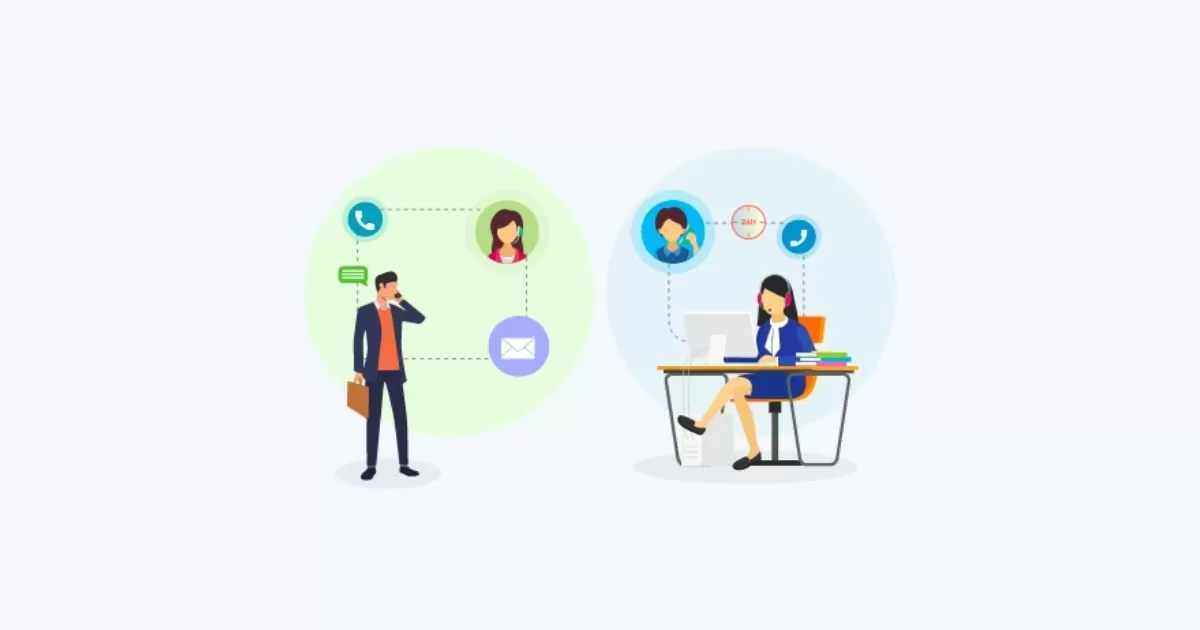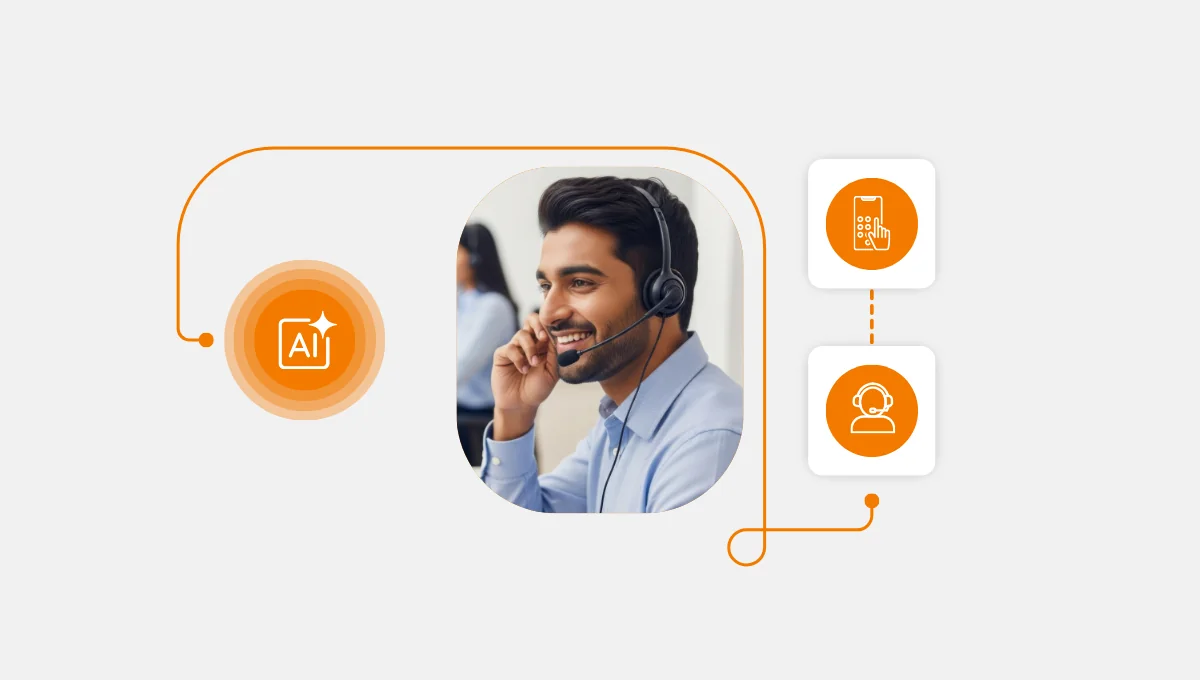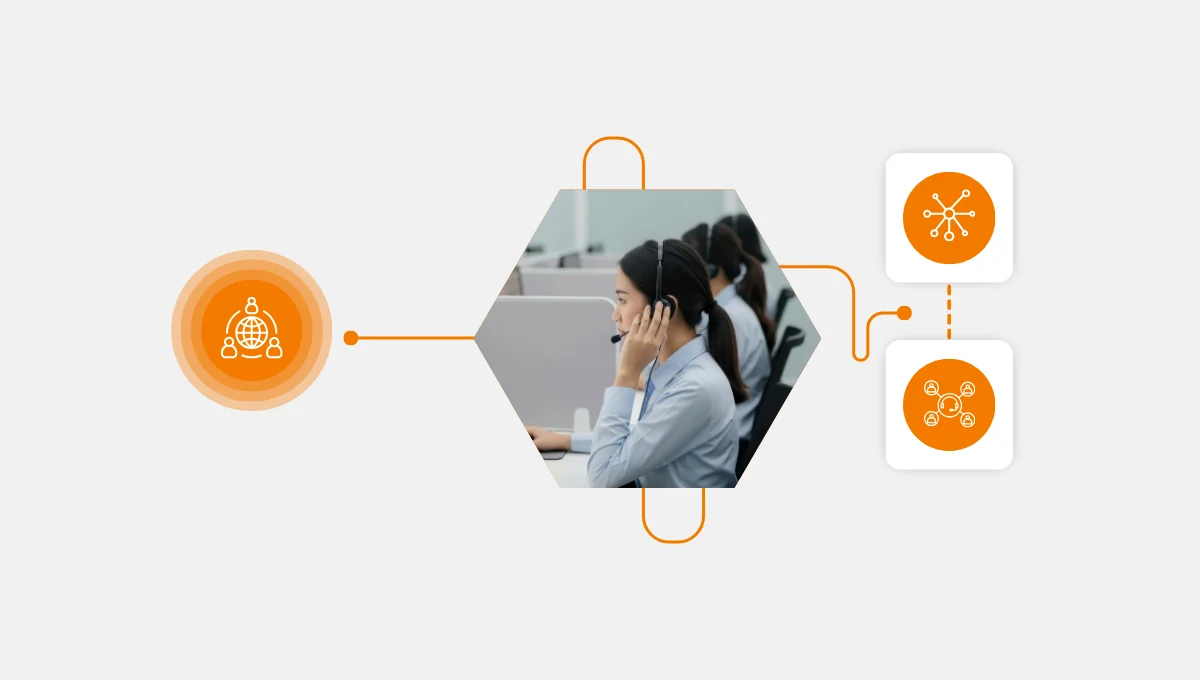Call centers handle large numbers of incoming and outgoing calls. You can adopt the most appropriate solution for your company by knowing the distinctions between inbound and outbound call centers. If you are looking to have an outsource inbound call center, you will be required to select a service that knows the ins and outs of inbound call services. Here are some statistics to aid you in selecting the best choice for your needs or even outsource inbound call.
What Is an Inbound Call?
A customer-initiated call to a call center or contact center is called an inbound call. A support desk also answers incoming calls. However, these may come from staff members rather than clients. A call center may deal with only inbound, outgoing, or a combination of the two. An inbound call center generally manages calls from clients and potential customers. Given the nature of the calls, this kind of call center leans toward providing excellent customer service.
Inbound call centers’ main priorities are answering inquiries, addressing client issues and resolving customer concerns. These representatives must be kind, helpful, and knowledgeable about company policy because they frequently represent your organization to many clients as their sole point of contact.
What Is an Outbound Call?
An outbound call is one a call center representative places to a customer on the client’s or call center’s behalf. The purpose of an outbound call is to target potential clients for fundraising, lead creation, sales, and telemarketing.
An outbound call center typically places more calls than they receive, in contrast to inbound call centers. The company’s marketing campaigns, sales, and public relations efforts are its key priorities. In these call centers, representatives frequently use lists of current or potential clients. This enables them to make cold calls and sales pitches while also spending time assisting clients in upgrading their services.

Key Differences
Inbound calls and outbound calls serve distinct purposes in customer interaction. Inbound calls are primarily focused on responding to customer inquiries, resolving issues, or providing support, often driven by the customer’s need for assistance. In contrast, outbound calls are initiated by businesses to proactively reach out to customers, either to generate new leads, follow up on existing prospects, or maintain ongoing customer relationships. The key distinction lies in the direction of the call—inbound calls are customer-initiated, while outbound calls are business-initiated.
How Can You Improve Your Inbound Call Strategy?
Call centers for customer service and support rely heavily on inbound calls. Most businesses include a phone number for clients. These businesses either have an on-site call center or a call center that receives calls remotely. Some businesses have remote call centers where staff members don’t have to go to the office. Due to their employees’ varied time zones, inbound call center service teams may more easily offer round-the-clock assistance. Inbound call strategies add value to inbound call meaning, and some essential steps towards improving inbound call strategies are:
Construct a Need
Making clients want to contact you is crucial to gaining their business. You’d be shocked how many brands miss the target on something so apparent. It ultimately boils back to your primary value offer to satisfy clients’ demand. What you promise your clients and why they should choose you instead of your competitors will define your business’s success.
Make Your Phone Number Visible
Another simple but essential strategy is to list your phone number on your website. If customers can’t find your phone number, how can you expect them to call you? It goes beyond merely including a “contact us” page. Make your phone number obvious and prominent on your website if you want to increase incoming calls. Don’t make your clients search for it.
Add the “Click to Call” Feature
One of the best ways to increase incoming calls is by adding a call-to-action button on your website that makes it easier for customers to contact you. Customers can call you immediately from within your website using click-to-call, commonly known as web calling. They don’t need a phone or to copy and type a number when using this feature. Instead, the customer only clicks a button to begin a call immediately.
Create Powerful CTAs
A call to action, also referred to as a CTA, is a message that encourages users to take a specific action. CTAs, for instance, could nudge website visitors to phone you, join your mailing list, or to click on a link. You need persuasive CTAs that nudge customers to call if you want more of them to do so.

How Can You Improve Your Outbound Call Strategy?
Making effective outbound calls requires both planning and commitment. That’s because establishing a strong emotional bond with clients is as vital as having solid evidence to support a claim. Here are some top suggestions for developing an effective outbound call service that will allow your team to hit targets and establish lasting relationships:
Clearly Define Your Outbound Call Strategy.
It would be best to plan before your call is answered. Being as prepared as possible is more important than sticking to a rigid course of action (learning as you go is essential). Define the amount of time that you expect an agent to spend on a call, including hold or transfer time, which is the average handle time (duration of all calls / total number of calls). A high average closing time may indicate that agents need closing skills training. Define other indicators such as conversion rate (number of sales / total calls), first call close (first call closes as a percentage of all calls), and rate of occupancy (time on calls compared to time unavailable) that boost productivity.
Focus on Your Agents’ Performance
Ensure you’ve established clear end goals and shared them with your team before beginning an optimized outbound calls plan. Offer rewards and instruction to ensure your team is engaged and that your business attracts excellent salespeople. Although finding employees with the appropriate abilities is an important piece of the jigsaw, you also need to develop talent.
The key to assisting agents in honing their craft is regular training. Use tools for live coaching to extend your instruction outside rehearsals and into actual situations. These capabilities enable team leads to listen in, and “whisper” features even enable coaches to offer on-the-spot assistance without raising the client’s suspicions.
Make a Positive Feedback Loop
To assess team performance, you first require monitoring with clear KPIs. After identifying trends, it’s time to put knowledge to use. For instance, if you notice an agent with high levels of customer involvement but many transaction cancellations, this may indicate either a lack of product knowledge or overpromising. By implementing coaching that is specifically tailored to your team’s needs and organizational issues, your team’s team’s strategy will improve.
Inbound vs. Outbound Calls: Which Is Right for Your Business?
What your team is having trouble with will determine whether you require inbound or outbound call assistance. If you are struggling to keep up with the volume of tech support and customer care calls, you could benefit from the assistance of an inbound call center. However, if your team struggles to follow up on a large list of leads, an outbound call center may be the ideal option.
In either case, calling center services are particularly useful if your company is expanding or your staff are overworked. An inbound call center answers customers’ incoming calls. Since calls to inbound centers frequently come from existing customers with problems or inquiries, support employees usually keep an eye on them. On the other side, an outbound call center places call to customers.
If you have yet to decide between an inbound and outbound call center, you might want to consider a hybrid call center. In a hybrid center, agents are in charge of taking calls and contacting customers. This centralization of communication produces a seamless customer experience. Furthermore, because all communication comes from one channel, your organization can easily update and improve call policies.
Any call center, hybrid or not, needs the appropriate software. At every stage of the creation of your business, you must implement an “inbound call center” and “outbound call center,” depending on your needs at the right time.
Reference Links:
https://gettalkative.com/info/how-to-increase-inbound-calls-from-your-website
https://blog.hubspot.com/service/inbound-call-strategy
https://aircall.io/blog/call-center/outbound-calls-strategy/
https://aircall.io/blog/call-center/outbound-calls-strategy/
https://www.zendesk.com/in/blog/inbound-vs-outbound-call-centers-whats-difference




